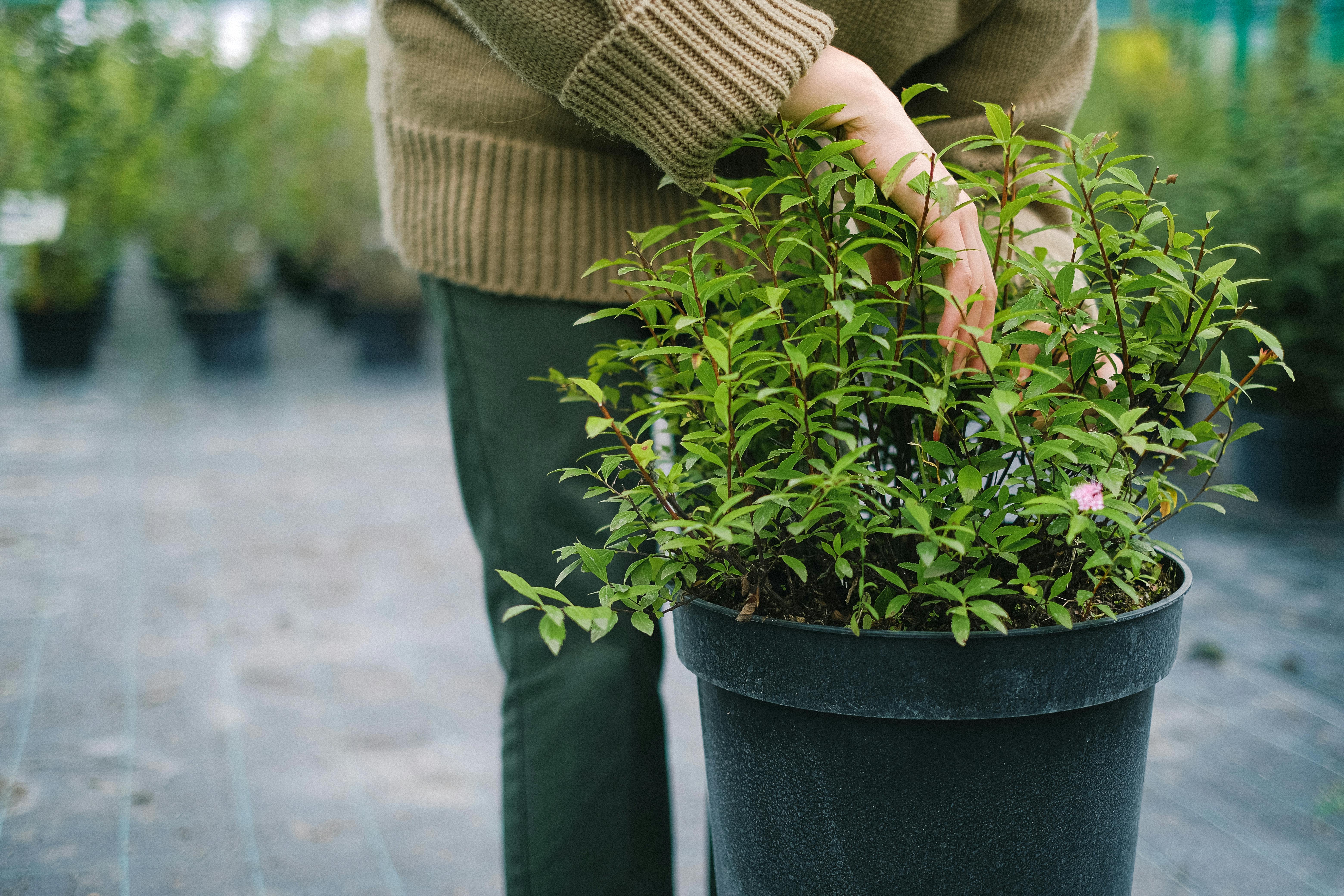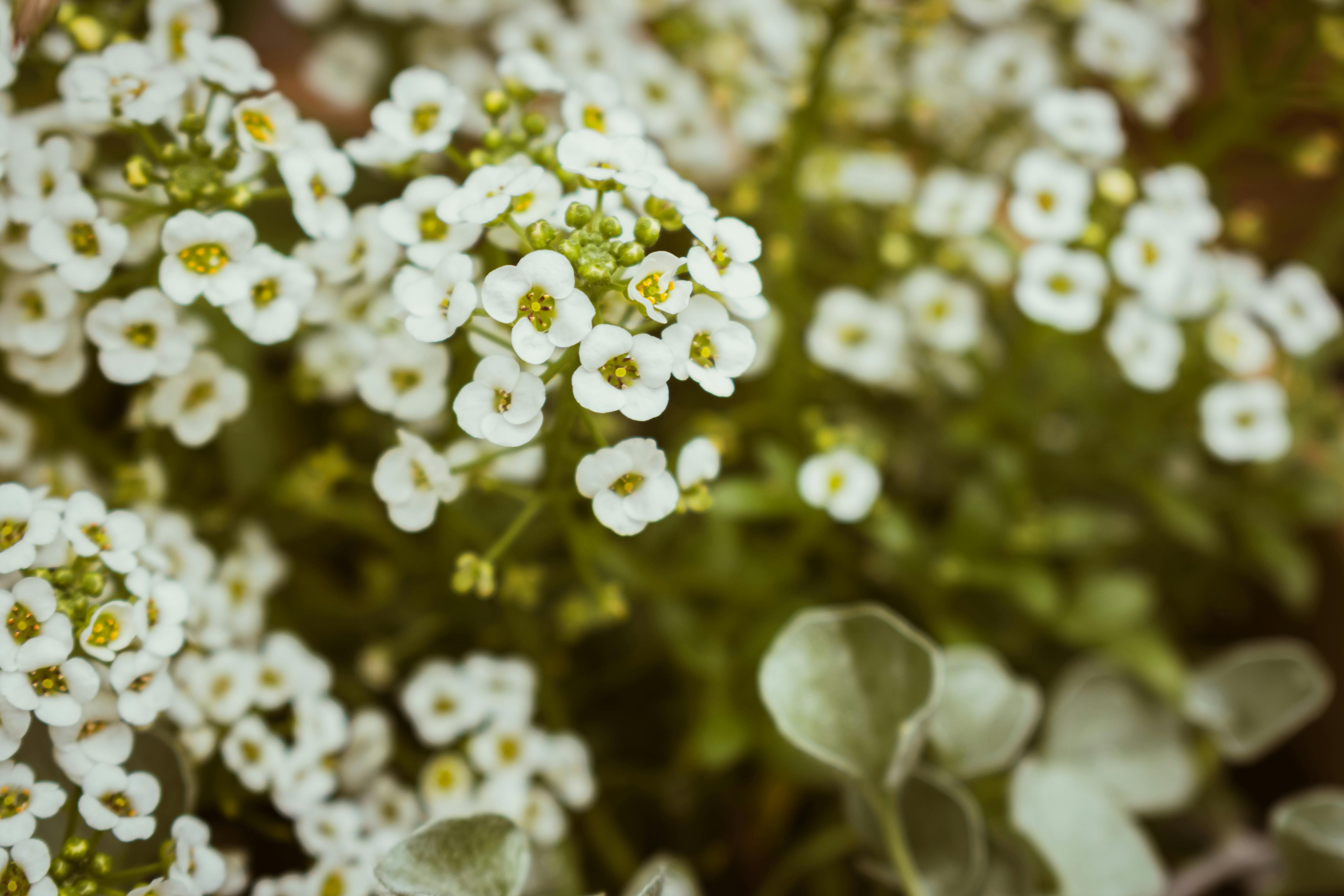How to protect plants from frost UK

As the cold weather approaches and temperatures dip, it's important to protect plants in your garden from frost to ensure they survive the winter. Frost can cause significant damage to your plants if they are not covered, but with the right prevention, you can minimise harm and protect your plants from frost.
This guide aims to help you save your plants this winter. We'll show you how to shield plants from frost and wet weather as well as give you specific tips for protecting your potted plants, tree ferns, tropical garden plants, succulents, and alpine or rockery plants.
Why It’s Important to Protect Plants from Frost
Frost forms when the temperature drops below freezing,
causing moisture on the ground and plants to freeze. Plant and ground frost can
damage your plants by freezing the water in the plant cells, which leads to
cells rupturing and the plant dying.
Frost damage can present as discoloured or blackened leaves
and stems, wilting, or soft and mushy tissue, which are signs that the plant’s
cells have frozen.

Although certain plants will be hardier than others, it's important to take preventative action to help maintain a healthy garden during harsh UK winters.
At What Temperature Should You Take Action?
Once the temperature dips below 0°C, frost can start
forming. Some plants, such as vegetables and tropical plants, are particularly
vulnerable and need immediate protection.
Covering your plants before the temperature gets cold enough
to damage them is better than doing so when the ground is already frosted over.
Some measures may require you to put stakes into the ground, which will be
especially difficult in frozen soil when hard frost occurs, so setting up any
covers a week or so prior will make the process easier. Along with this, due to
the temperamental UK weather, setting up shielding in advance means you're
covered just in case the temperature drops sooner than you expected.
Frost Vulnerable Plants
Some plants are more vulnerable to frost than others. Tender
plants like vegetable crops, tropical plants, and succulents are most
susceptible and should be prioritized for frost protection. These plants thrive
in warm conditions and are quickly damaged when temperatures drop when compared
to hardy plants like conifers and trees.
When setting up your plant's protection, we recommend focusing on your most at-risk plants first to provide them with the best chance of surviving the winter. With tender plants or any you are particularly worried about, taking cuttings is advised so you can regrow new plants should you start losing plants to frost.
How to Protect Your Plants from Frost Damage
General Tips
To protect plants from frost, one of the most effective strategies alongside coverings is to use a 6 cm deep layer of mulch, gravel, or slate chippings around garden beds and borders. This helps insulate the soil and retain warmth. Organic mulches like bark also will break down over time, adding nutrients to the soil and improving drainage.
 (1)202203300803SS202410091010SS.png)
Low temperatures also mean more chance for snow, which can
melt into the soil and waterlog your plants. Even if you add mulch to your
garden beds, removing excess snow where possible will also help to prevent too
much water from seeping into the ground.
Even with the best protection, there is still the chance of damage and plant death, especially with tender plants, so if you’re worried about losing valuable plants, be sure to take cuttings just in case.
How to Protect Potted Plants from Frost
What You Will Need:
- A
sheltered indoor area (e.g., greenhouse, garage, or other frost-free
place)
- Insulating
materials (e.g., straw or horticultural fleece)
- Cold frame or wood and plastic sheeting to make one (optional)

How to Do It:
Pot plants are particularly vulnerable
to frost because the containers can struggle to retain heat. The best way to
protect potted plants from frost is to bring them indoors into some sort of
winter shelter such as a frost-free greenhouse or garage.
If you don't have a greenhouse or are unable to have one,
you can build or buy a temporary cold frame for small plants. Creating a simple
frame from wood and wrapping the structure with plastic will provide adequate
cover for plants during wet weather and will absorb heat to keep your plants as
warm as possible.
If you're unable to have or make a shelter, wrap the pots
with a thick layer of bubble wrap or horticultural fleece to insulate them from
the cold. You can also place the pots in a sheltered position close to
sun-facing walls for added protection whilst still allowing them to get some
warmth from any morning sun.
How to Protect Tree Ferns from Frost
What You Will Need:
- Straw
- Wire or string
 (4)202203300803SS202410091010SS.png)
How to Do It:
Tree ferns need special care to
withstand frost. In sheltered areas, simply pack straw over the crown to
protect it from rain. In colder areas, it’s best to wrap the straw securely
around the crown using chicken wire or string, which allows for ventilation
while keeping the plant warm. If you see discoloured patches appear, don't
panic, any brown spots can be cut off during the next growing season and your
fern should make a full recovery.
How to Protect Tropical Plants from Frost
What You Will Need:
- Wooden
stakes
- Willow
fencing roll
- Straw
- String
 (3)202203300803SS202410091010SS.png)
How to Do It:
To best protect these frost-tender plants, you'll need to do a bit more manual labour. Remove all leaves, leaving only the trunk. Place wooden stakes around the plant and push them firmly into the ground to ensure they are sturdy. Then, wrap a willow fencing roll around the stakes, tying it securely with string. Any gaps should be filled with straw to provide additional insulation and keep the plant warm whilst protecting it from strong winds.
How to Protect Succulents from Frost
What You Will Need:
- Mulch
or other well-draining soil
- A
sheltered indoor area (e.g., greenhouse, garage, or other frost-free
place)
- Cold frame or wood and plastic sheeting to make one (optional)
202203300803SS202410091010SS.png)
How to Do It:
Since succulents are smaller plants,
they are much easier to move before the harshest weather sets in. Where
possible, bringing them inside or into a well-sheltered greenhouse will provide
the best winter protection.
Succulents are unable to withstand freezing temperatures, so it’s crucial to transfer them into well-draining soil to prevent root rot. If possible, store them in a frost-free greenhouse, or sheltered location, or cover them with a cold frame to protect the plants from frost. Be sure to ventilate the area often to prevent moisture from building up, which could harm your succulents.
How to Protect Alpine and Rockery Plants from Frost
What You Will Need:
- Plastic
sheeting
- Bricks or heavy objects to serve as weights

How to Do It:
Alpine and rockery plants can be protected by covering them with a piece of plastic sheeting. Use bricks or other weights to keep the plastic in place and prevent it from blowing away. For larger areas, consider building a simple frame covered in plastic. Leave the sides uncovered to allow for adequate ventilation, as trapped moisture can cause more damage than frost.
Frost protection for plants is essential for maintaining a
healthy garden during colder months. Whether you're dealing with tender
tropical plants, succulents, or tree ferns, taking proactive steps to insulate
and protect plants from frost will help them thrive through the winter.
Follow these tips to ensure your plants make it through the
season unscathed, and be prepared with backup cuttings just in case frost
strikes unexpectedly. By learning how to protect plants from frost effectively,
you can enjoy a flourishing garden year-round.




